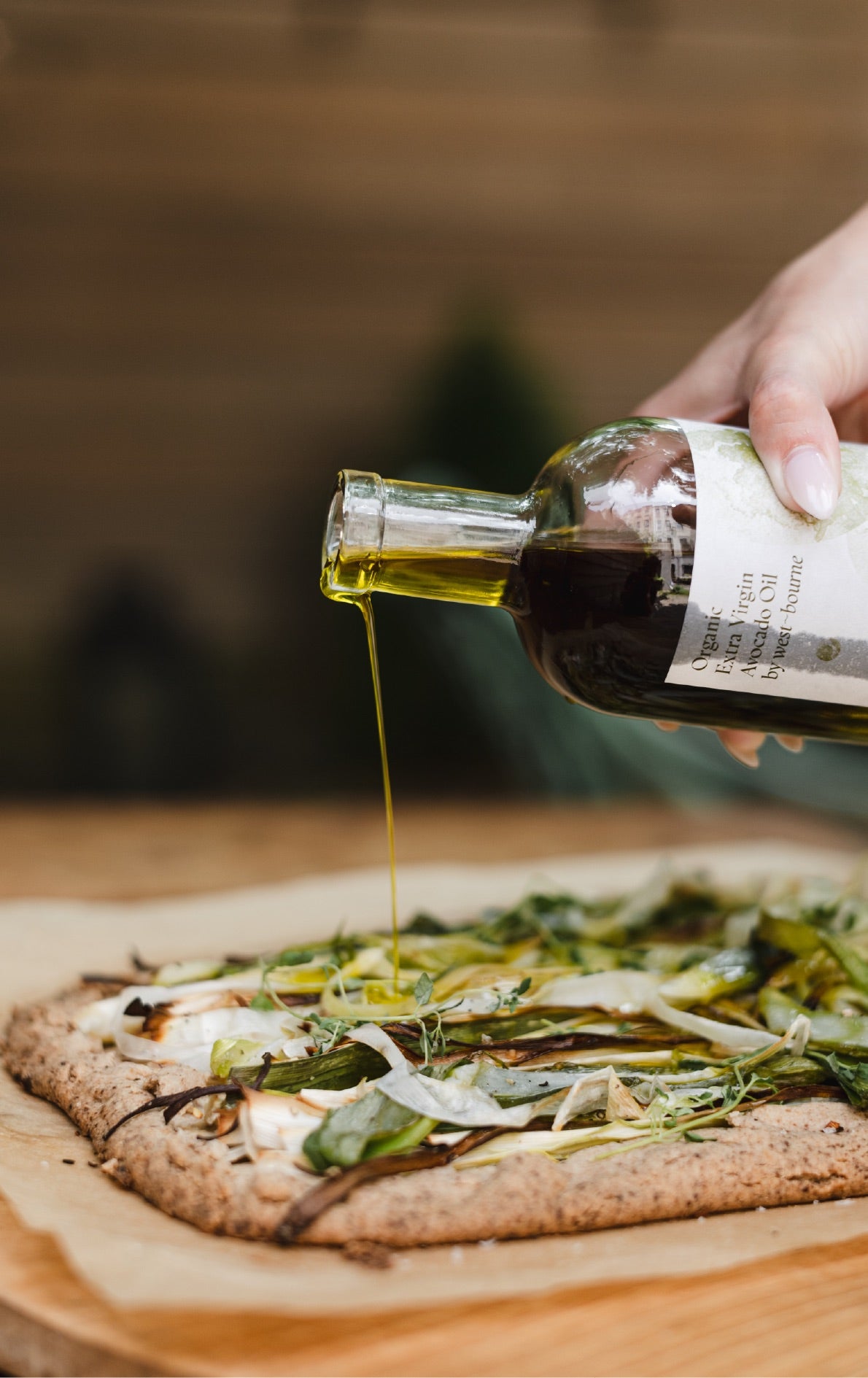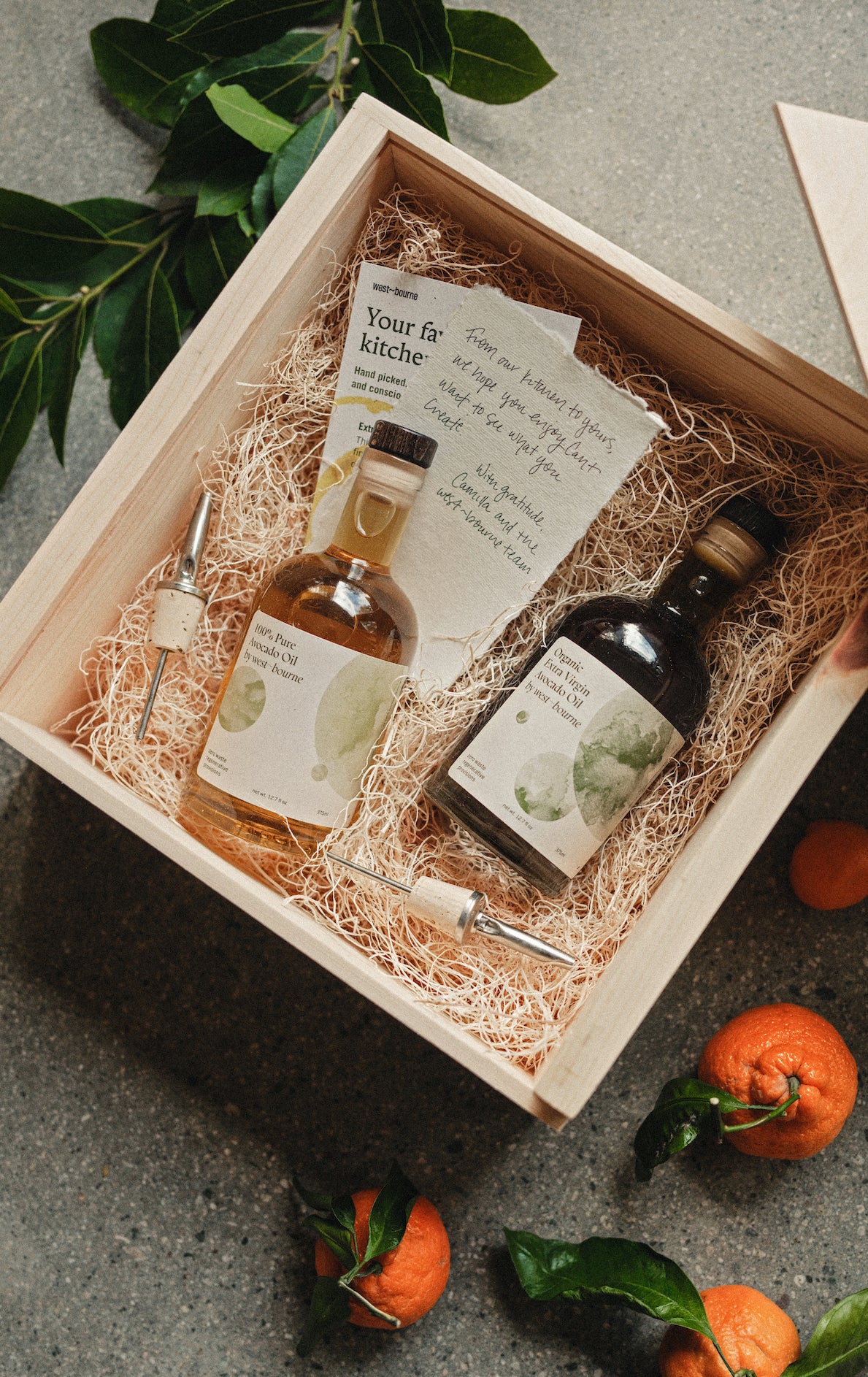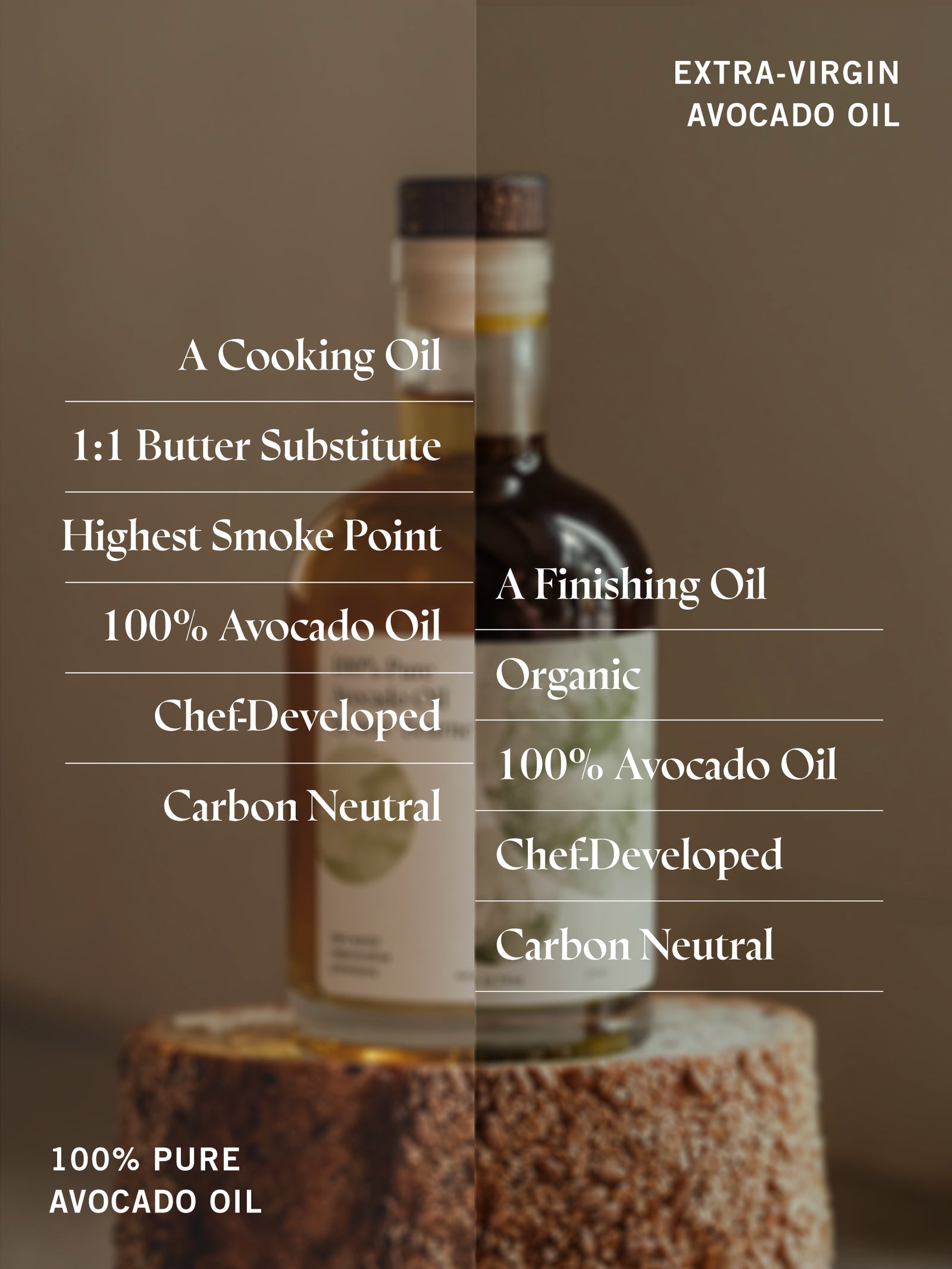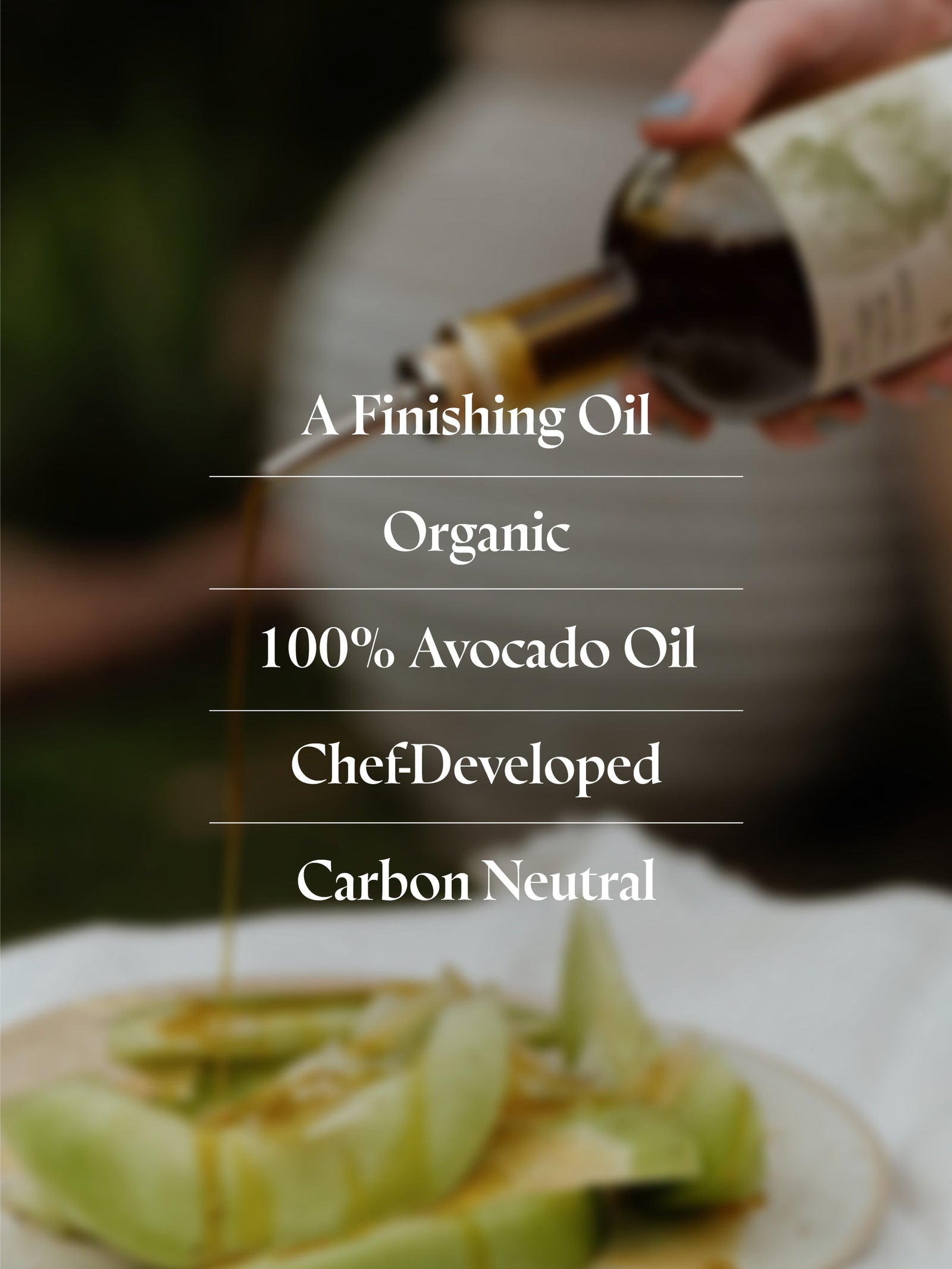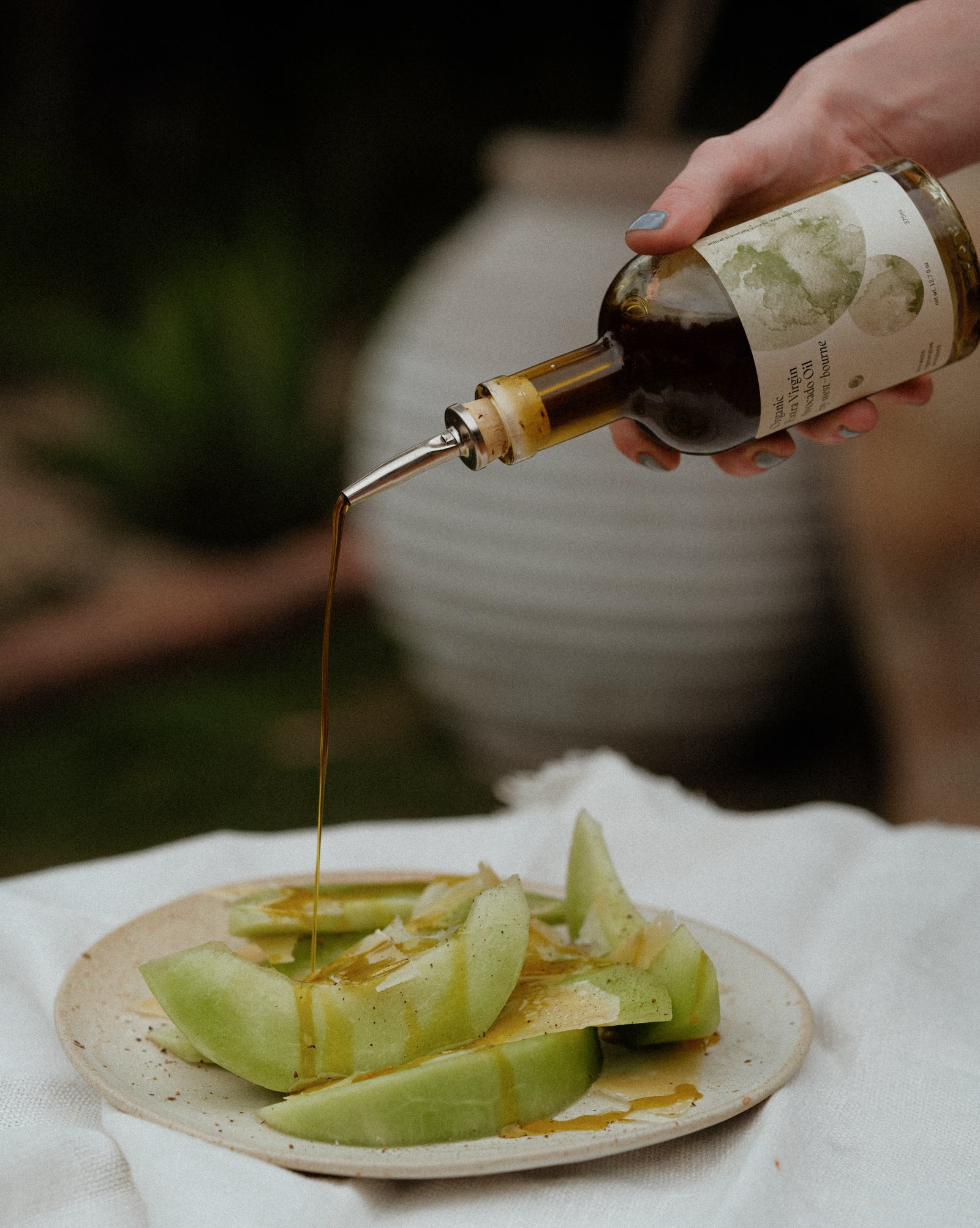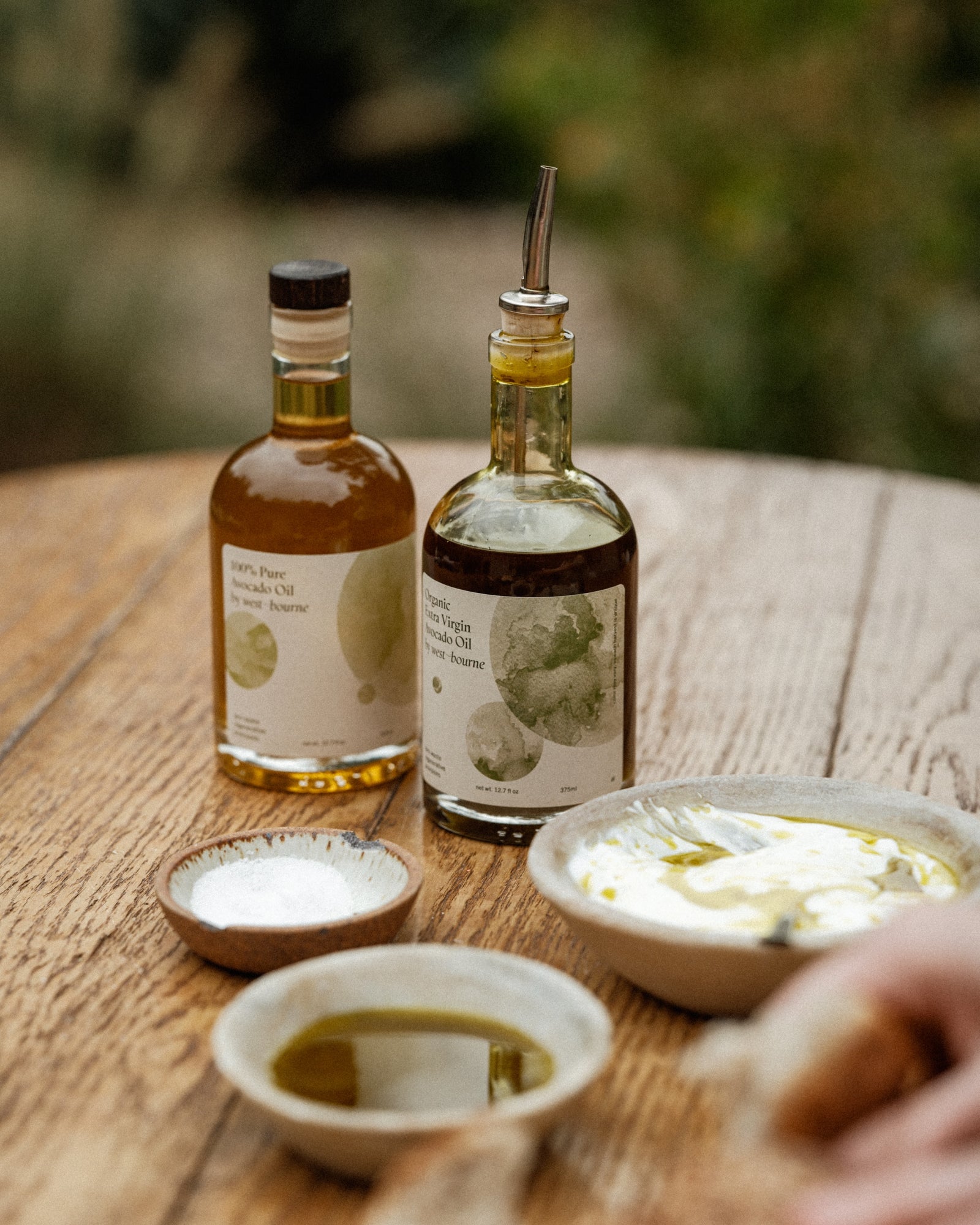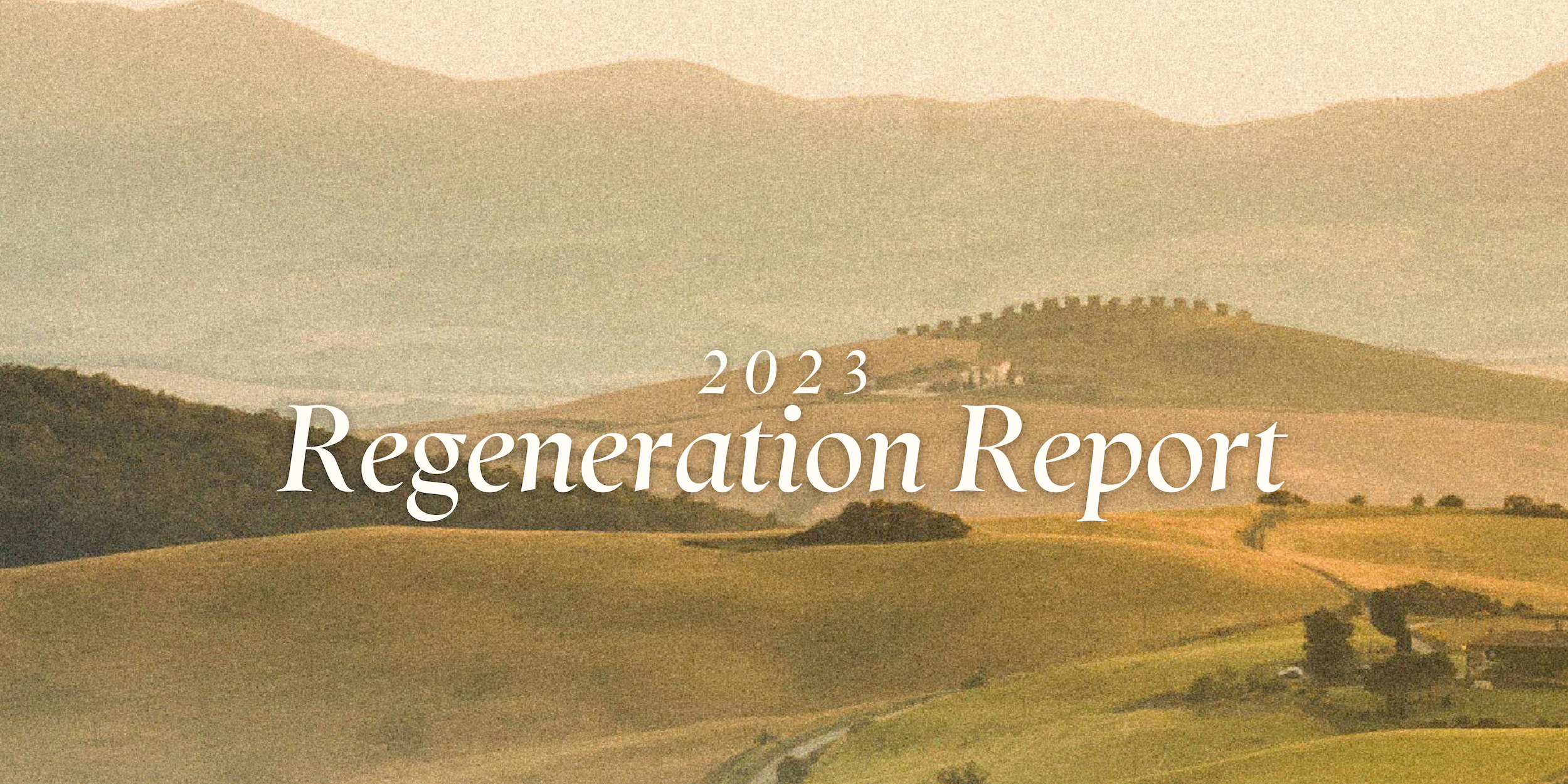Organic vs. Regenerative
What's the Difference?
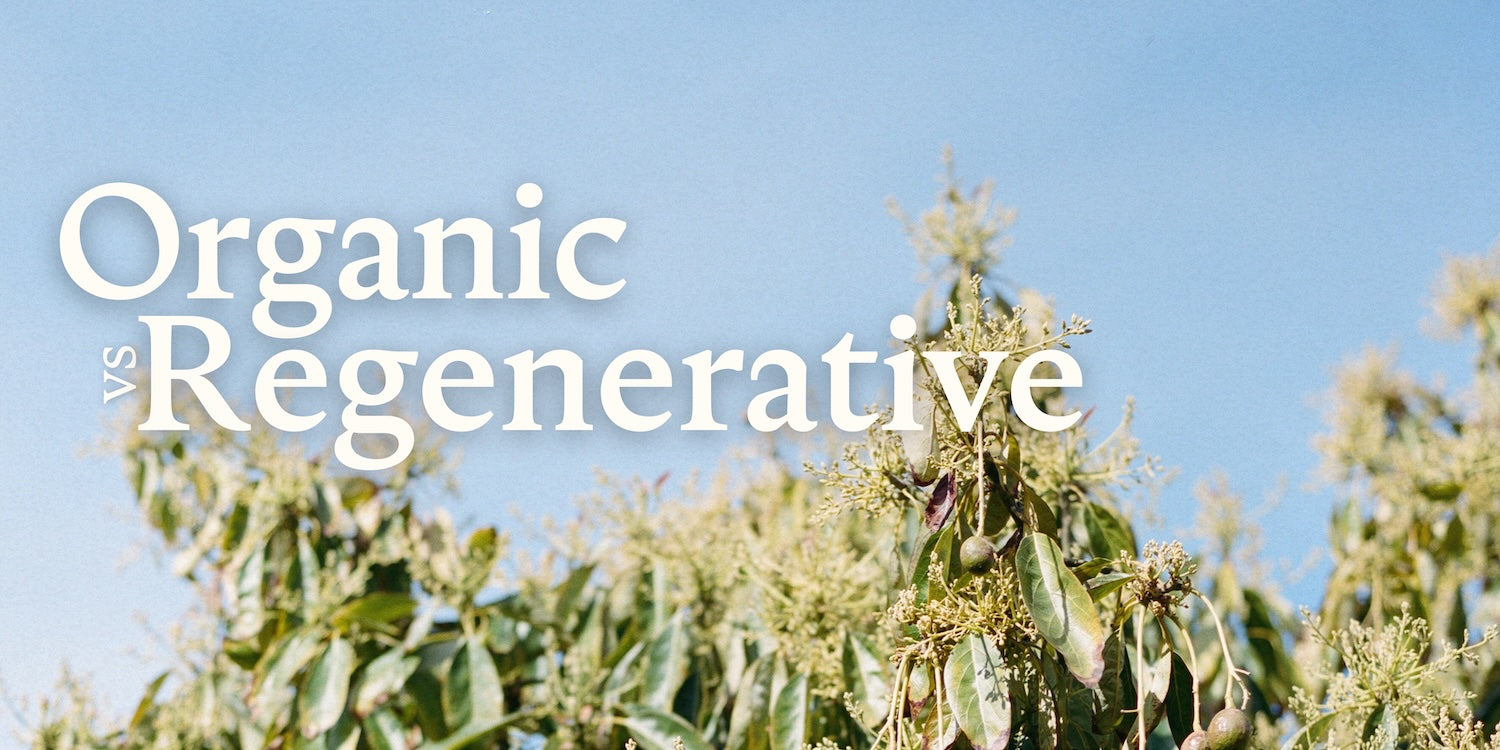
If you can believe it, we collectively make more daily decisions aboutwhat to eat than anything else. That’s why, at west~bourne, we do everything in our power to make it as easy and nourishing to integrate plant-positive food into your kitchens and lifestyles. And this starts far before it arrives on the shelf—from the farmers we partner with on our mission to pioneer a new food system that goes a step further than organic farming.
Enter: regenerative agriculture, a farming method that decarbonizes our soil, restores ecosystems, and ultimately has a far greater impact on the environment.Science showsthat regenerative agriculture has the potential to create a more sustainable future for our planet, which is why we work directly with small growers who use regenerative methods that yield more nutrient-rich and delicious food than traditional, or even organic, growers.
But how does it differ from the organic labels you see at the grocery store, and what does it mean for the daily decisions you make as a consumer?


What is Organic Farming?
Perhaps the simplest way to understand the key differences between organic and regenerative is to examine exactly what organic means. Organic farming avoids the use of synthetic inputs such as pesticides, herbicides, and chemical fertilizers while emphasizing natural processes that improve soil health. You can think of organic as “doing no environmental harm.”
For a product to be labeled certified organic, every step of its supply chain needs to adhere to strict organic standards. Shopping organic is more than just a label—it’s a way of using your purchasing power to support environmentally-friendly farming practices and vote for more of what you want to see on the shelves.
Moving From Organic to Regenerative Agriculture
Organic farming is undoubtedly a step in the right direction towards a more sustainable agricultural system, but it doesn’t tell the whole story of whether the land is genuinely thriving.That’s why many farmers—our partners included—are moving from organic farming to regenerative agriculture in order to address the drastic environmental consequences of food consumption and food waste.
Unlike organic agriculture, which follows a set of rules determined by the market, regenerative agriculture focuses on soil outcomes and ecological life. In essence, it emerges as a holistic farming philosophy that aims toheal and restore ecosystems by actively improving the health of the land, soil, and biodiversity. The benefits? Re-building topsoil, carbon sequestration, improving water retention, among others.


5 Key Principles of Regenerative Agriculture
While regenerative agriculture doesn’t have a one-size-fits-all approach; there are key principles that farmers apply based on their unique climate, location, and piece of land.
1. Minimize Soil Disruption: Adopt no-till or reduced-till techniques to build healthy soil and stop the release of greenhouse gases stores in the soil
2. Plant Cover Crops: Keep the ground covered with living plants, like oats and buckwheat, to prevent soil erosion
3. Diversify Crops: Incorporate multiple crops to boost nutrients and enhance biodiversity
4. Eliminate Synthetic Chemicals: Which destroy biodiversity, pollute waterways and contribute to pesticide exposure


The Conscious Kitchen: Shopping for Regenerative Food
What does all this mean as a conscious consumer? Since there is currently no standardized certification for regenerative products, shopping for regenerative food involves seeking out farmers and brands aligned with regenerative farming methods. A few tips for getting started:
1. Understand the Principles of Regenerative Agriculture: Educate yourself about regenerative agriculture principles, such as soil health, biodiversity, carbon sequestration, and water management. Another excellent resource isMAD Agriculture, the non-profit helping farmers transition and thrive in regenerative organic agriculture. Understanding these concepts will help you identify products that align with regenerative practices—and know what to ask your local farmers!
2. Check for Alternative Certifications: While there may not be a widely recognized "regenerative" certification, some farms may have certifications like "Regenerative Organic" or "Certified Naturally Grown" that align with regenerative principles. Look for these alternative certifications on products or inquire about them directly from the producer.
3. Seek Out Brands with Sustainable Practices: Explore brands that prioritize sustainability and regenerative practices—some of our other zero-waste friends includeSimpli andGood Sam.
4. Prioritize Seasonal and Diverse Foods: Choose seasonal produce and products with a diverse range of ingredients. Crop diversity supports healthier ecosystems and helps farmers implement regenerative practices like crop rotation and companion planting.
5. Start a Conversation: Don't hesitate to ask questions at the grocery store or local farmers’ markets. If you want to talk to farmers and producers about their farming methods, you can inquire about their soil health practices, crop rotations, and biodiversity initiatives.
As a brand, we constantly ask: how can we better support stewards of the land working toward ecological wellbeing? How can we best listen to nature and work in harmony with it? With an appetite for doing better—for ourselves, our customers, and the planet—we seek to answer these questions through regeneration, letting nature do its work to nourish us and the earth to cultivate a better tomorrow.
